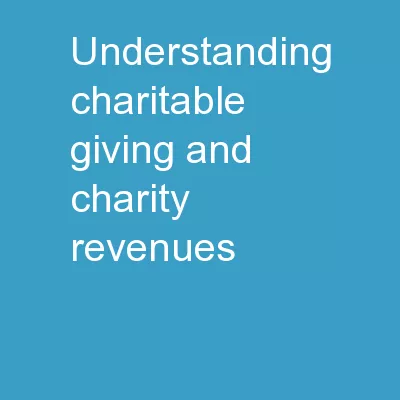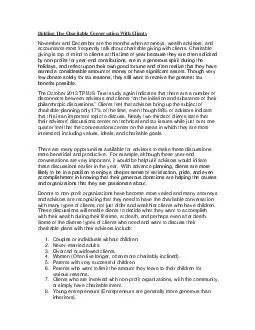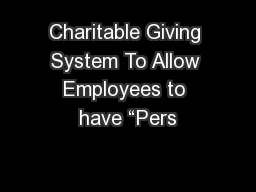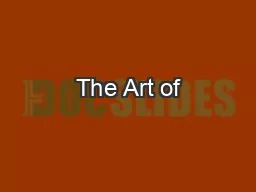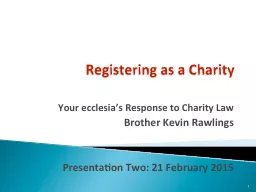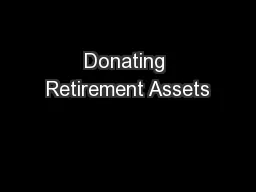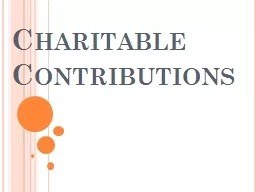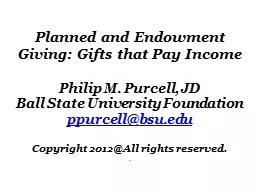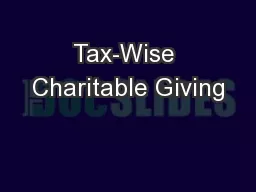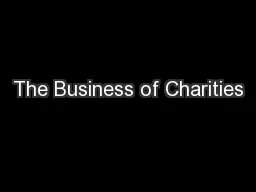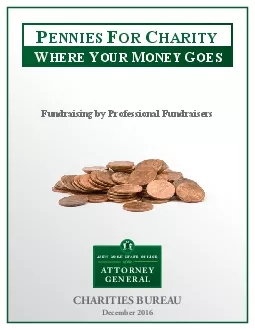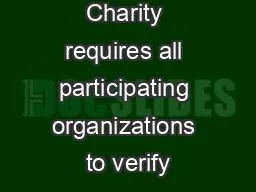PPT-Understanding Charitable Giving and Charity Revenues
Author : aaron | Published Date : 2018-11-23
A Abigail Payne Director amp Ronald Henderson Professor Why study charitable giving 1 Social Media is Changing the Face of Giving Ice Bucket Challenge Started in
Presentation Embed Code
Download Presentation
Download Presentation The PPT/PDF document "Understanding Charitable Giving and Char..." is the property of its rightful owner. Permission is granted to download and print the materials on this website for personal, non-commercial use only, and to display it on your personal computer provided you do not modify the materials and that you retain all copyright notices contained in the materials. By downloading content from our website, you accept the terms of this agreement.
Understanding Charitable Giving and Charity Revenues: Transcript
Download Rules Of Document
"Understanding Charitable Giving and Charity Revenues"The content belongs to its owner. You may download and print it for personal use, without modification, and keep all copyright notices. By downloading, you agree to these terms.
Related Documents

